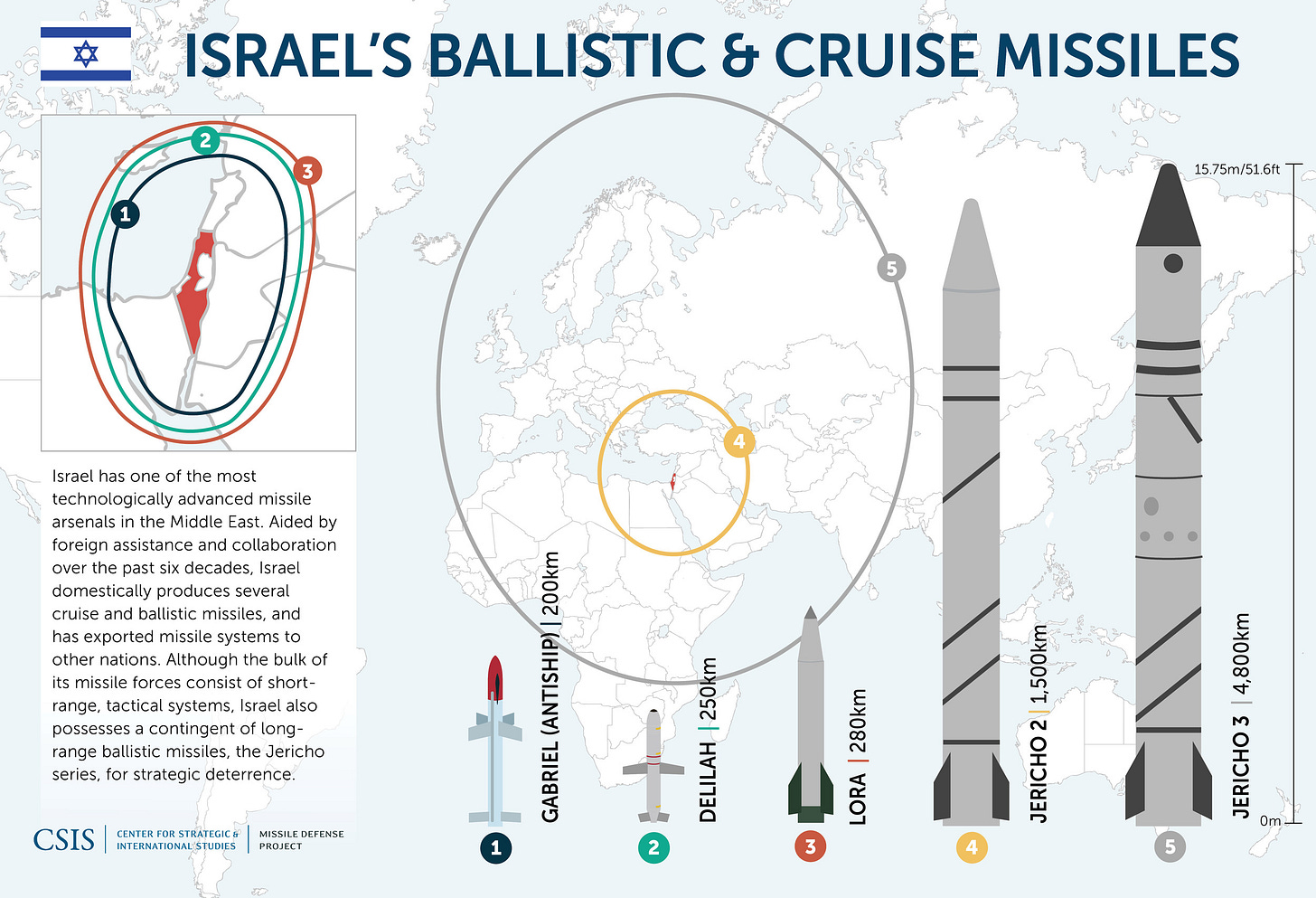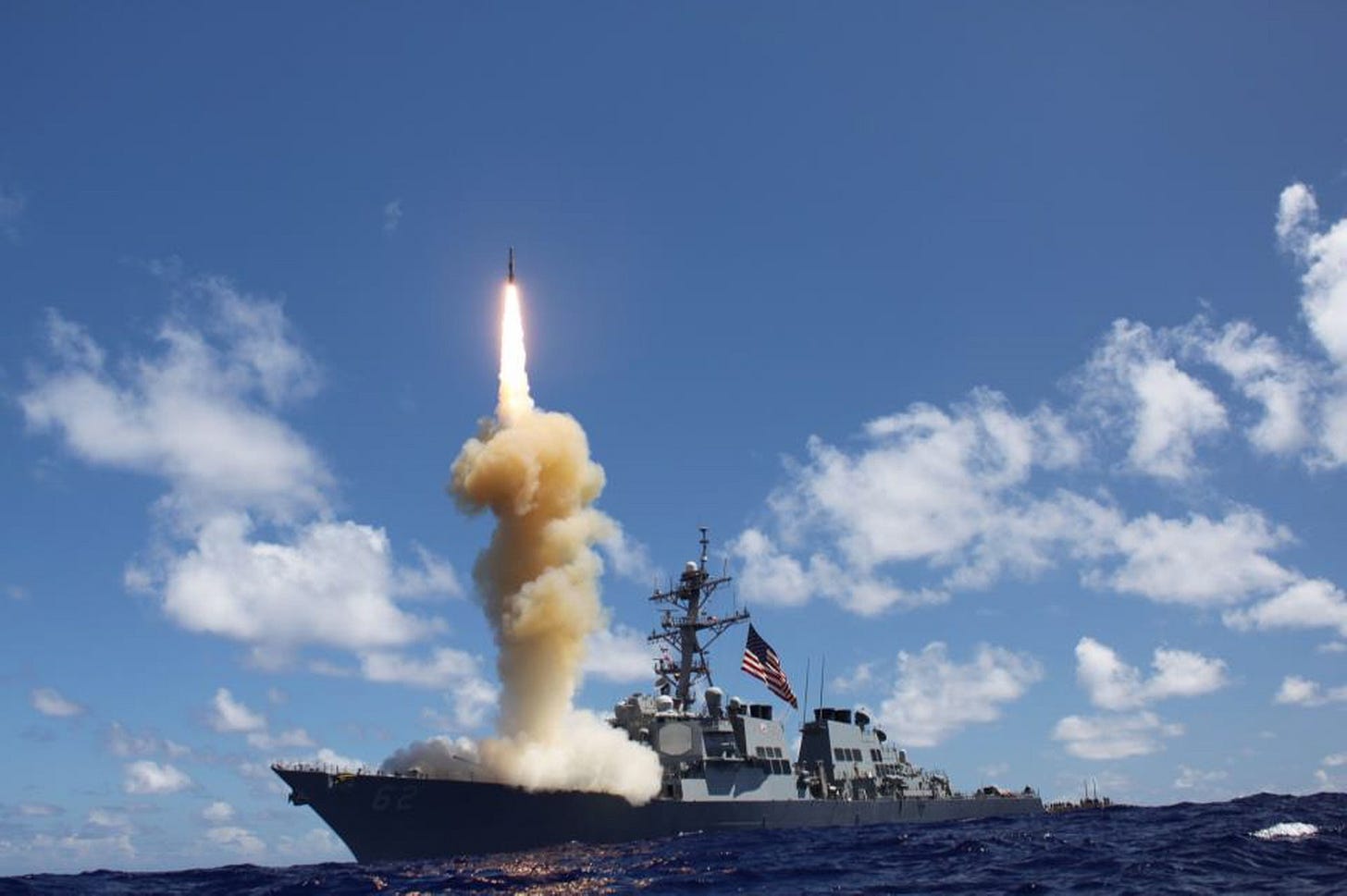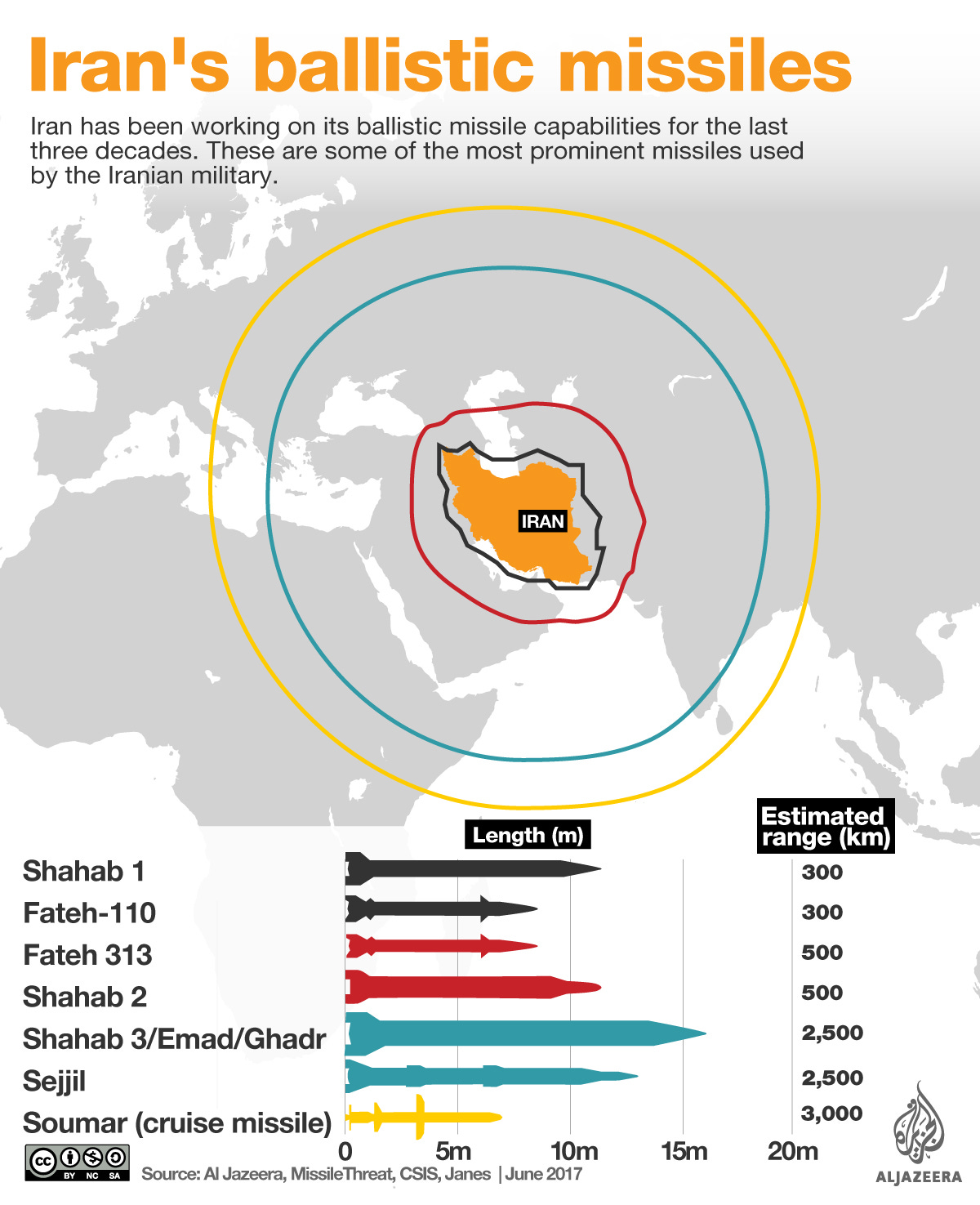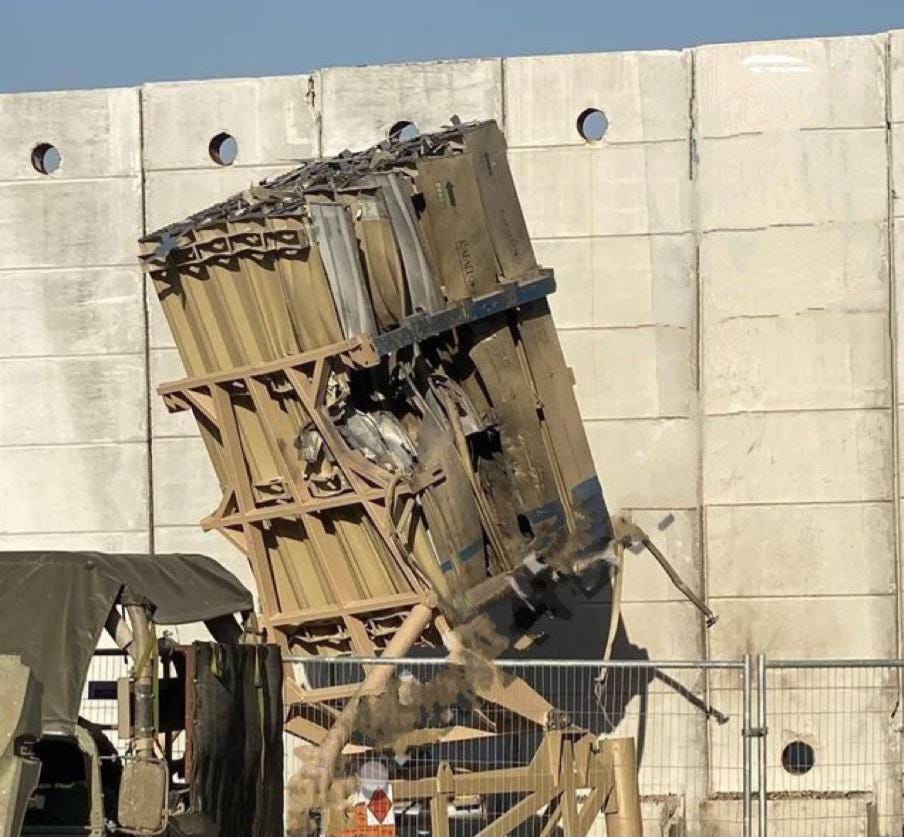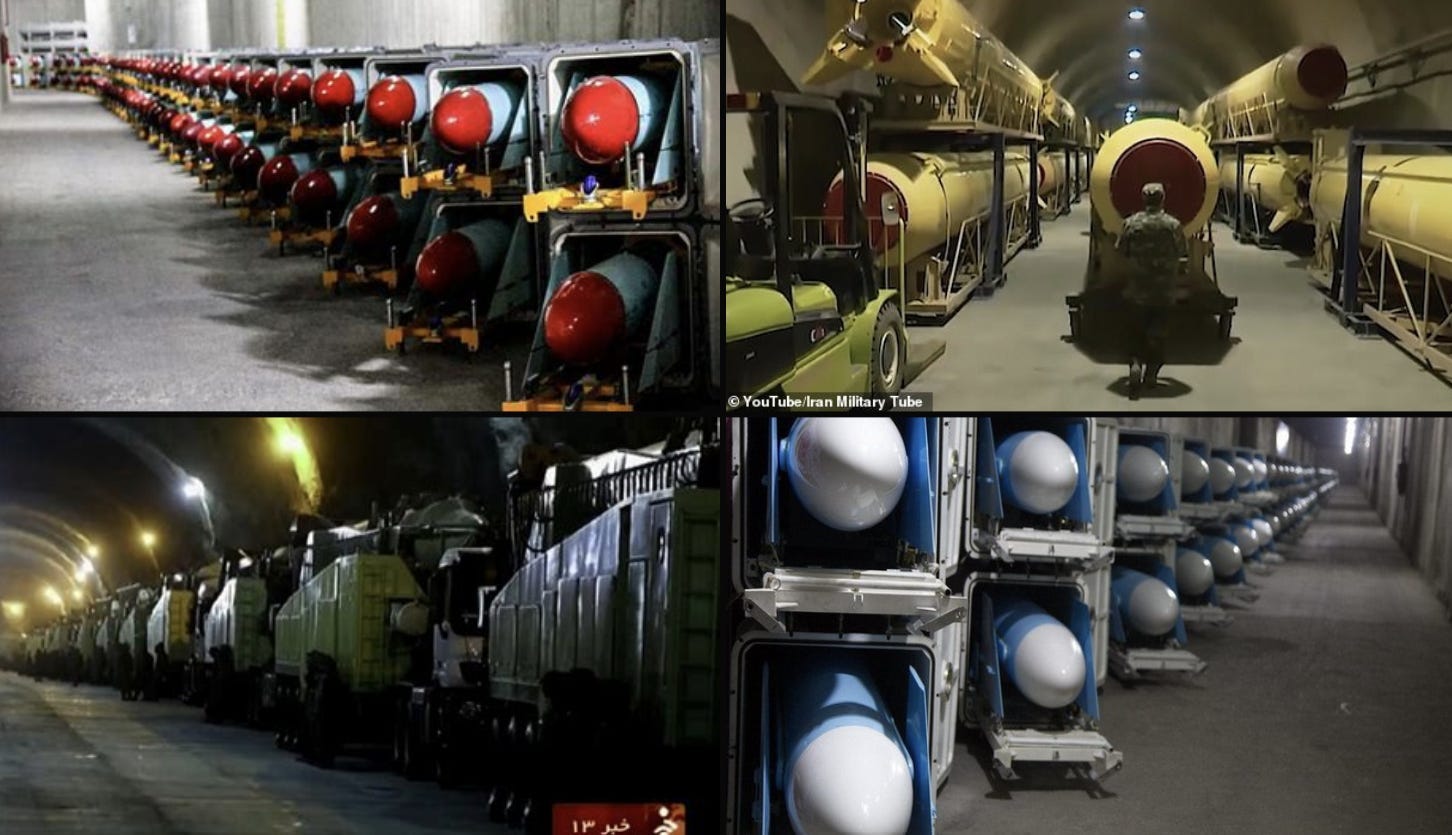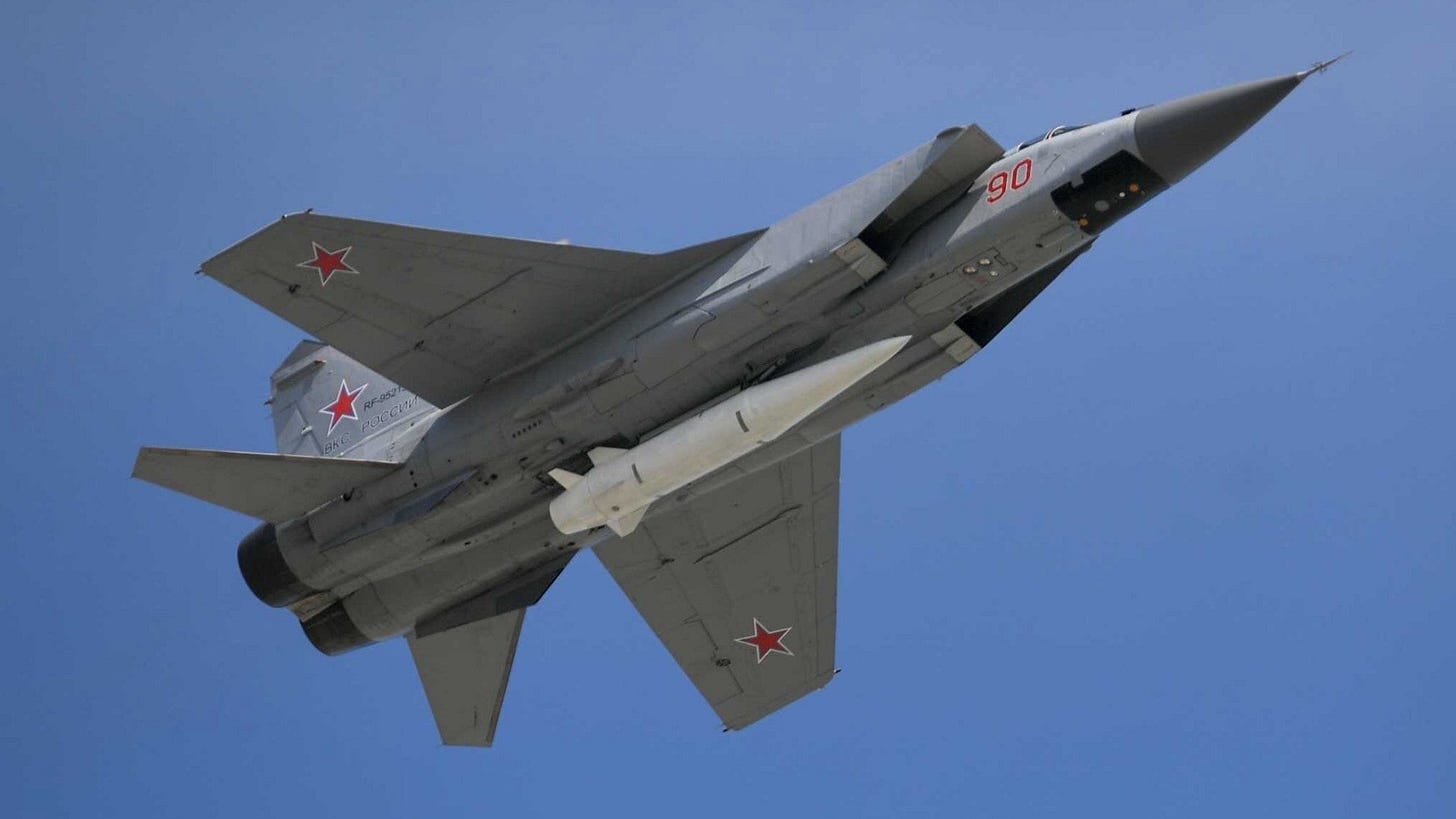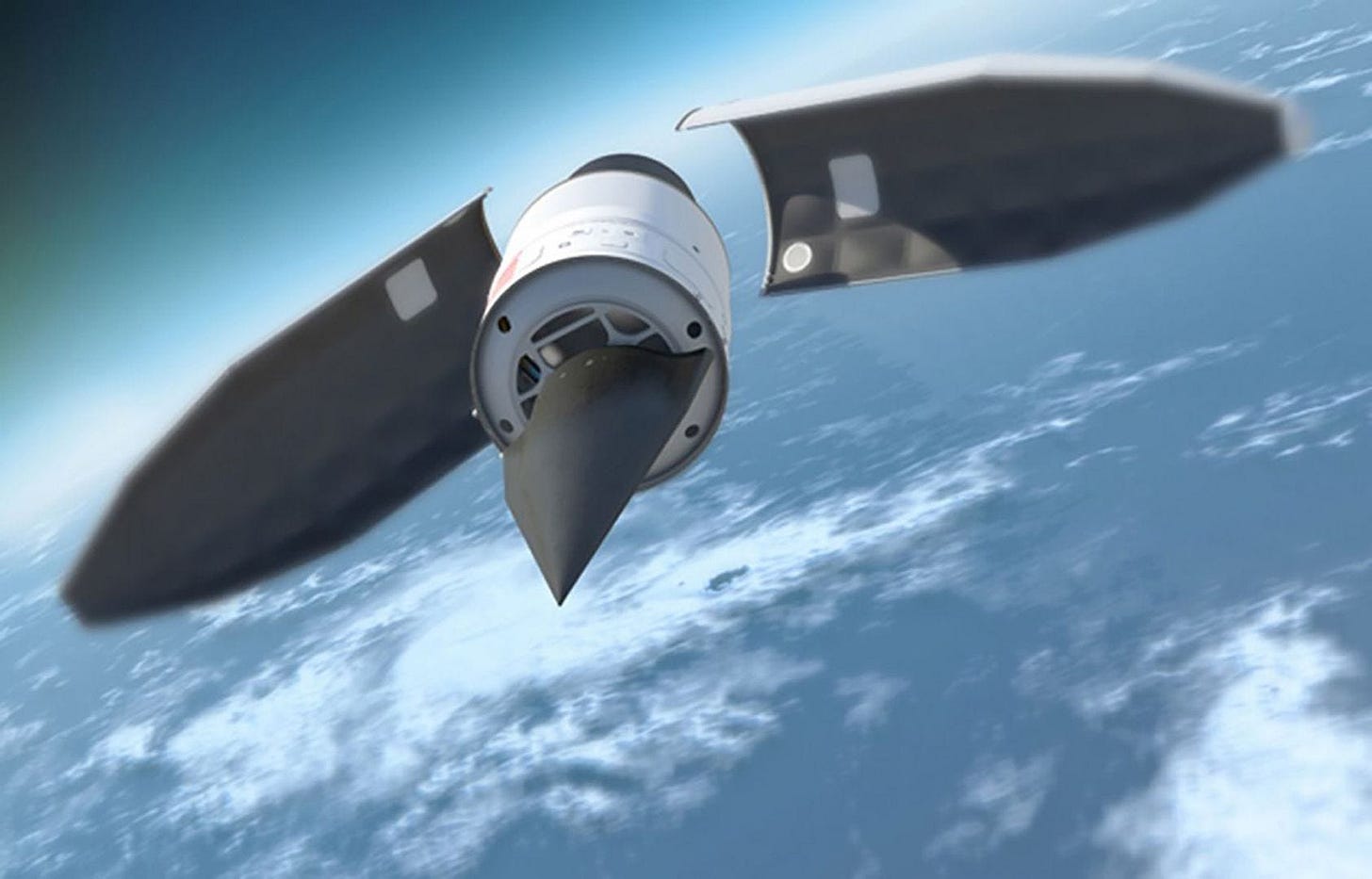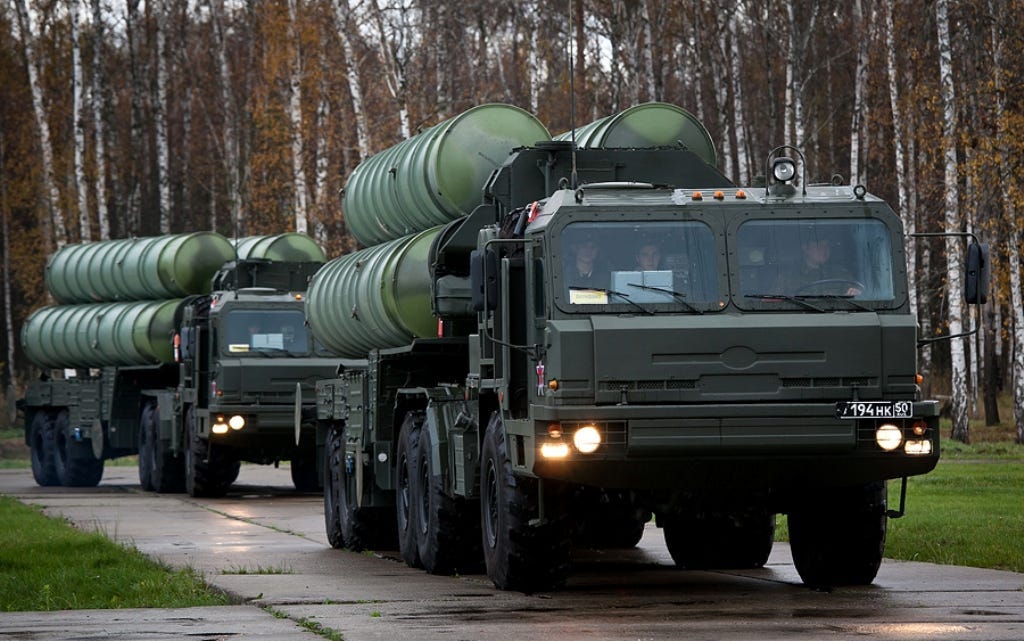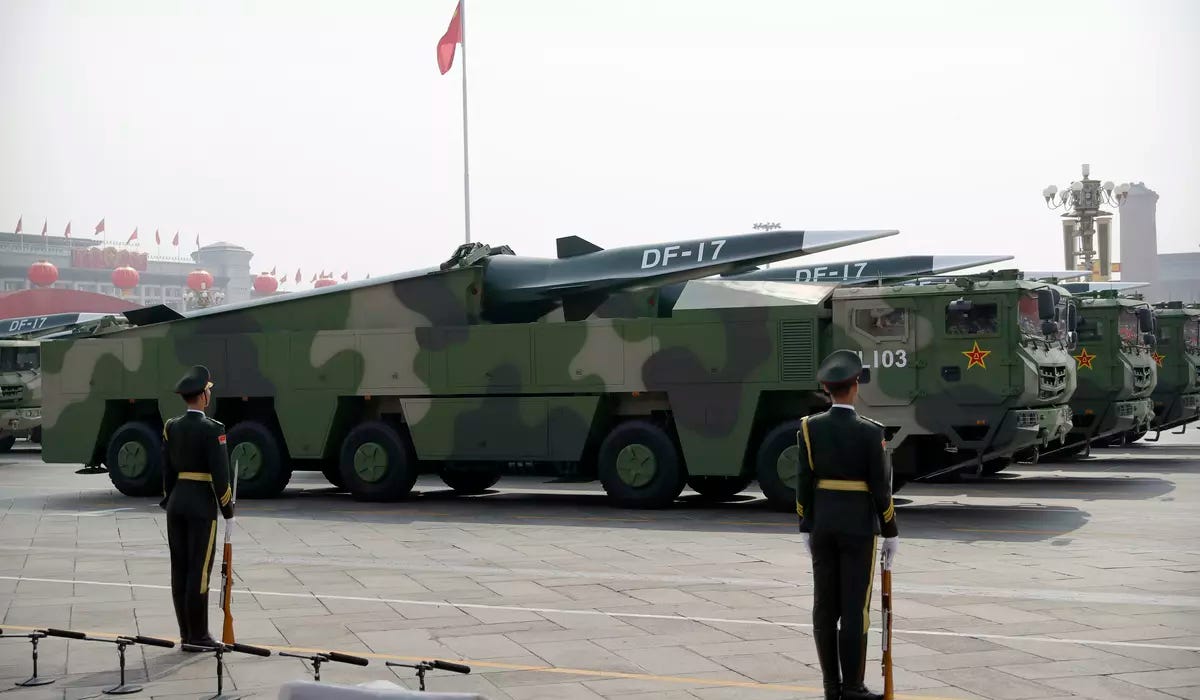In addition to the already-in-progress wars in Ukraine, Gaza, and the Red Sea, we are now staring down the barrel of yet another — rumored to be imminent in southern Lebanon.
There is no doubt Israel (just like its great benefactor, the United States) is, in the context of a "big war", capable of executing several damaging strikes against a potential peer or near-peer adversary.
But, throughout the imperial domain, there are fatal weaknesses that exist right now, and which cannot be turned into strengths at any point in the near- or medium-term.
The first is what military types call "magazine depth": munitions stockpiles sufficient to offensively overwhelm, defensively defeat, and strategically outlast the enemy.
Neither the United States, nor any of its largely impotent client nations, possess "magazine depth" sufficient to prosecute anything more than a relatively brief campaign against their potential peer adversaries: Russia, China, Iran — and all or any of their lesser-power partners.
The second problem is a corollary of the first. It is what I will term "shields": the capacity to defeat a decisive proportion of the strikes one's enemy can launch against you.
Neither the United States, nor any of its largely impotent client nations — by their own admission — possess anything even approximating comprehensive and effective "shields" against the quantity and quality of the types of strike weapons its potential adversaries can launch against them.
NATO sources themselves recently confessed that they only have about 5% potential air defense coverage against Russian missile strikes.
Now, of course, many will reflexively argue that the US could, with a massive "shock and awe" first-strike air campaign, effectively disarm Russian counterstrike capabilities.
This is patently ridiculous wishful thinking.
No one who actually understands the parameters of the military equation believes this to be true. And one need only examine the results of the months-long campaign against the lowly Yemenis to see confirmation of this incontrovertible fact.
The Yemenis have literally chased the US Navy out of the Red Sea and its environs, even as their capability to kinetically impose a selective blockade of the regional shipping lanes is stronger than ever before.
It is a stunning development.
It puts in breathtaking context the stark realities of a putative naval campaign against China in its local seas, or against Russia in the Baltic, Arctic, or eastern Mediterranean.
Earlier this year we witnessed the Iranians launch a relatively modest missile strike against Israel, whose defenses were massively reinforced by American air and naval assets.
Using maybe 300 antiquated long-range strike drones and cruise missiles as decoys, the air defense response of both the US and Israel was massively attrited. And then, with a mere dozen or so seriously capable ballistic missiles, the Iranians blew right through the interception attempts of both the multiple land-based Patriot systems and a US guided-missile destroyer positioned off the eastern Mediterranean coast.
The Patriot systems were a total bust, and the Israelis summarily retired them in the immediate aftermath of the Iranian strike.
The US destroyer is reported to have launched eight top-shelf SM-3 missile defense interceptors (quite likely its entire “magazine depth”) at the incoming Iranian strike package.
They might have damaged one of the 12-15 incoming Iranian missiles.
The others hit with precision comparable to the 5-meter CEP Iran achieved in its 2020 strikes against the US airbase at Ayn al-Asad in Iraq.
Had Iran, at that moment in time, opted to follow up with an even larger strike consisting of several hundred of its best ballistic missiles, the US and Israeli defenses would have been penetrated to an overwhelming degree. It would have put to shame the opening-night show of the Americans’ 1991 “shock and awe” cruise missile attack against Baghdad.
Fortunately the Iranians didn’t press the matter, and let their modest yet impressive demonstration of strength suffice for the time being.
In recent months, Iran’s close partner Hezbollah — which is reputed to possess at least 100,000 missiles and drones of various types — has been routinely penetrating Israel’s once-vaunted “Iron Dome” missile defense system.
Indeed, Hezbollah has almost appeared to be mocking the Israelis’ impotence at times.
In any case, the Iron Dome has been revealed to be acutely vulnerable to penetration by Hezbollah drones and missiles.
It is not known with precision how many missiles and drones of various types Iran possesses. But it is reasonable to assume that their “magazine depth” is considerably larger than that of Hezbollah.
It is also not known with precision how many missiles and drones of various types Russia possesses. But it is reasonable to assume that their “magazine depth” is considerably larger — and exceedingly more potent — than that of Hezbollah and Iran combined.
Even more importantly, the Russians have, over the course of the war in Ukraine, demonstrated an unprecedented capability to routinely shoot down the best strike missiles the US and its NATO vassals have been able to launch against them.
Lastly, it is not known with precision how many missiles and drones of various types China possesses. But it is reasonable to assume that their “magazine depth” is multiples larger than Hezbollah, Iran, and Russia combined.
Of course, I’ve not yet made any mention of North Korea, who has now been formally received into the Russia, China, Iran mutual-defense partnership.
People love to mock Kim Jong-Un and his people. Caricatures and propaganda abound. But nuclear club member North Korea has formidable antiship capability, intercontinental ballistic range, and is now refining the art of the MIRV (Multiple Independently Targetable Reentry Vehicle).
The Democratic People’s Republic of Korea is not a power to be underestimated.
The bottom line is that the rapid democratization of firepower, of which I have spoken for some time, has revolutionized the geopolitical and military dynamics of the world.
There are no easy wars left to fight.
The Americans and their largely impotent allies can talk tough about making war against Russia, China, Iran, and North Korea — but if they actually attempt it, it will end catastrophically for them.
Then we’ll really have a dangerous situation on our hands.
FYI: Over the life of this blog, a few generous people have pledged some money to support it. But I have never required a paid subscription to read my stuff. And I still won’t. However, I have now “enabled” subscriptions purely as a means by which, if people are so inclined, they may support me with whatever amount they so choose. I also include a “Tip Jar” link in every post, if you’d like to go that route. But you don’t have to if you don’t want to. It’s purely voluntary. Everyone will still be able to read everything I write.
For all of you who have previously pledged to support this blog, I express my genuine gratitude. I hope my writing has been informative in some small manner and aided you in your quest to understand our crazy world a little better.
— Will Schryver
TwitterX: @imetatronink



